
How to Use buck converter: Examples, Pinouts, and Specs
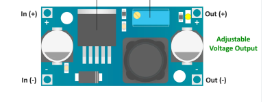
 Design with buck converter in Cirkit Designer
Design with buck converter in Cirkit DesignerIntroduction
The LM2596 DC-DC Buck Converter is a highly efficient, step-down voltage regulator that is capable of driving a 3A load with excellent line and load regulation. This switch-mode power supply is designed to convert a higher DC voltage to a lower DC voltage with a minimal loss of power. Common applications include on-board power supplies for battery-powered devices, laptop computers, and adjustable power supplies.
Explore Projects Built with buck converter
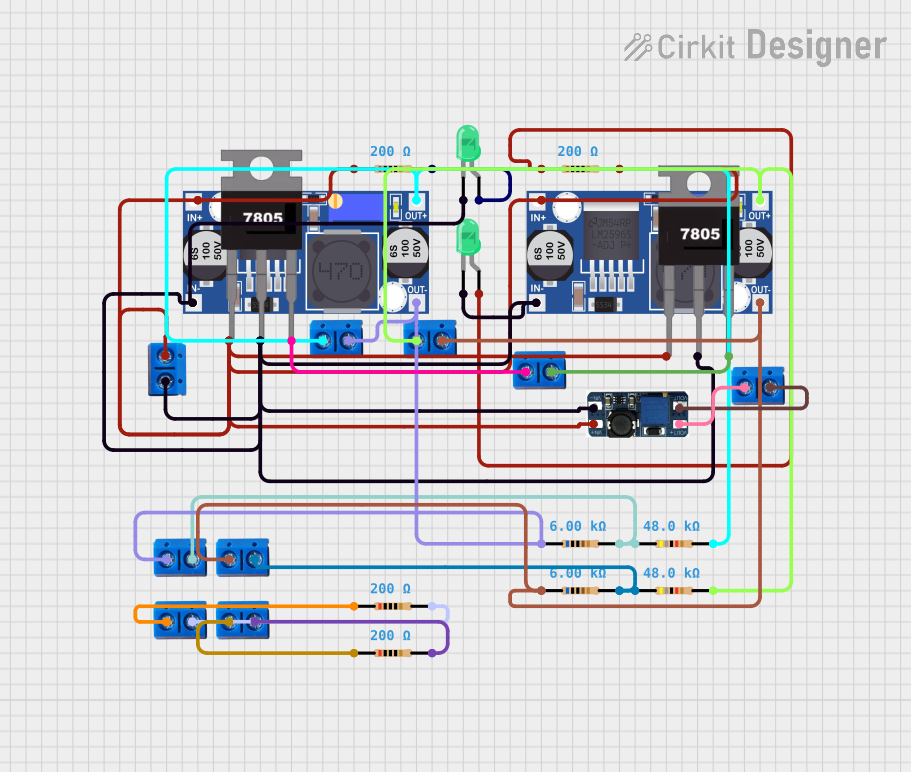
 Open Project in Cirkit Designer
Open Project in Cirkit Designer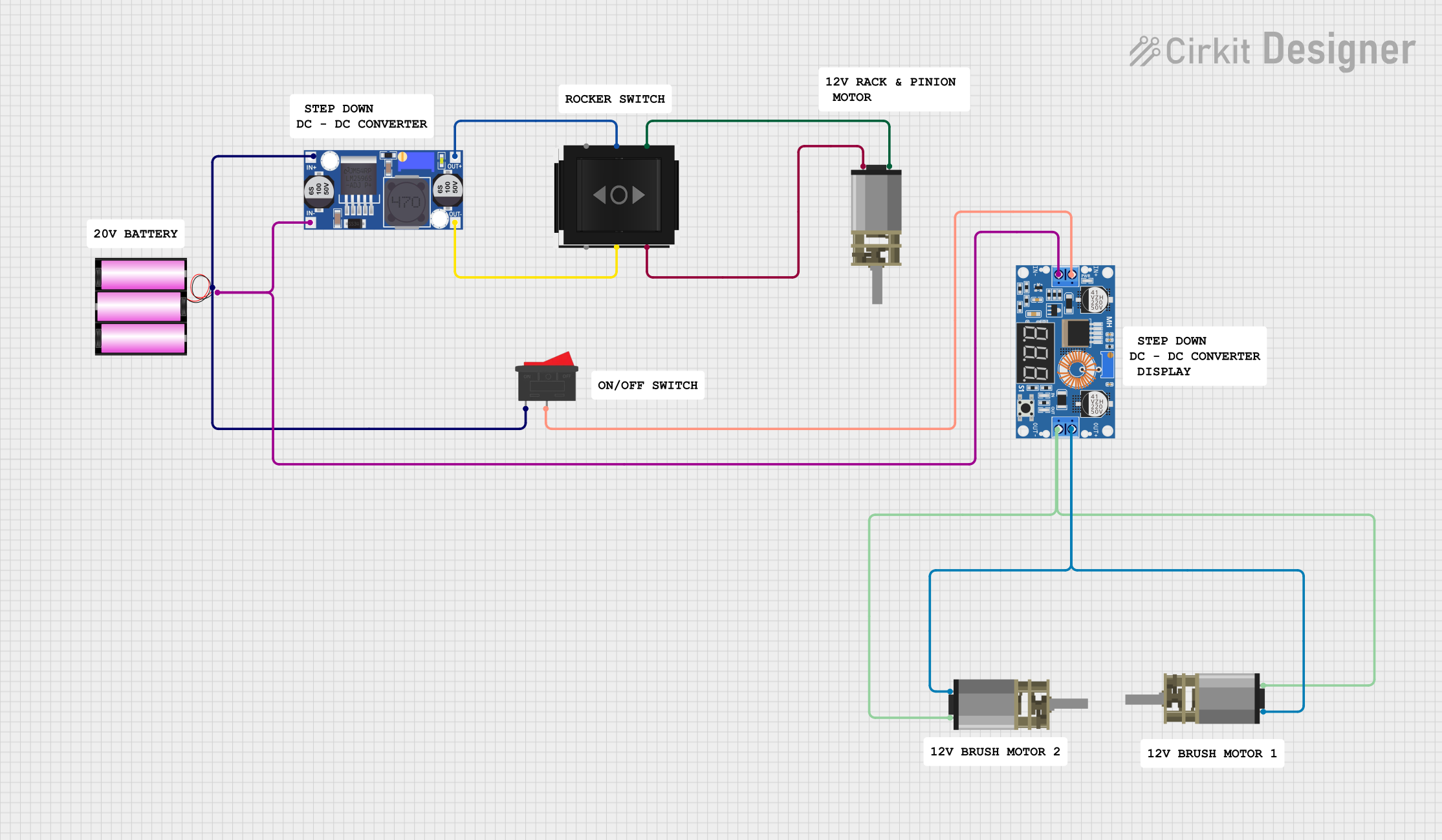
 Open Project in Cirkit Designer
Open Project in Cirkit Designer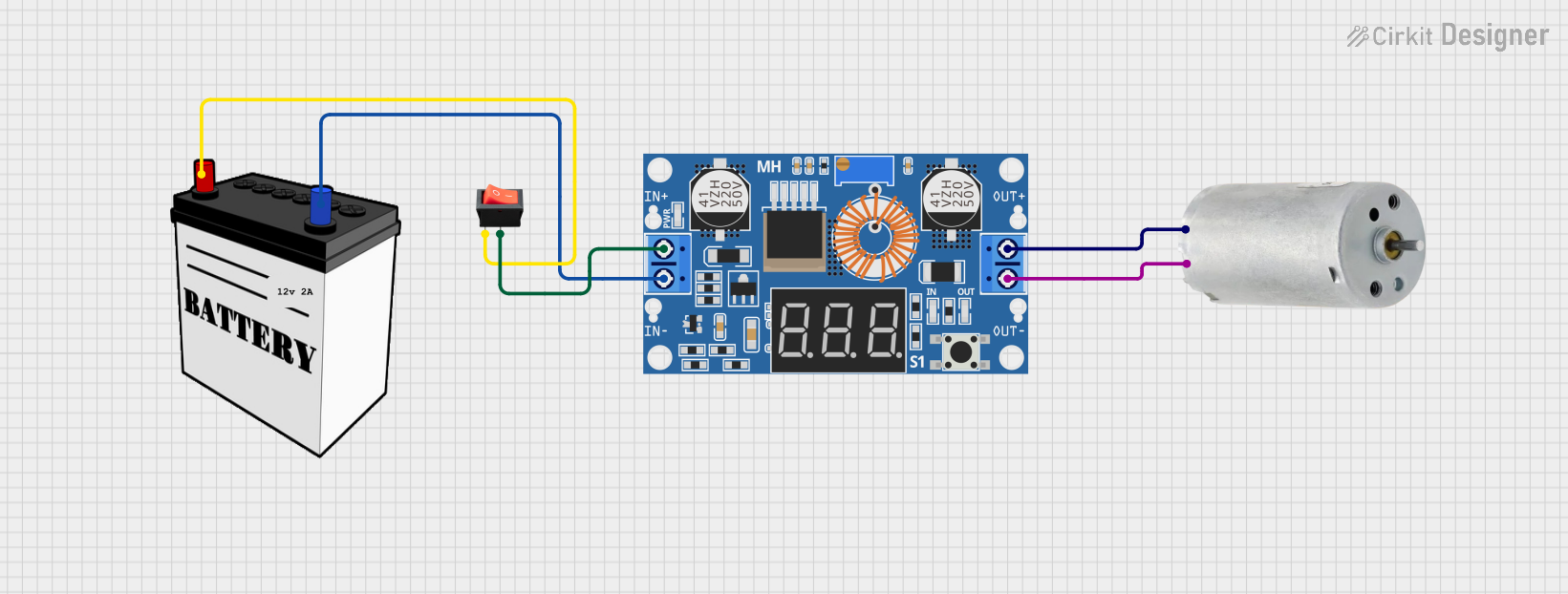
 Open Project in Cirkit Designer
Open Project in Cirkit Designer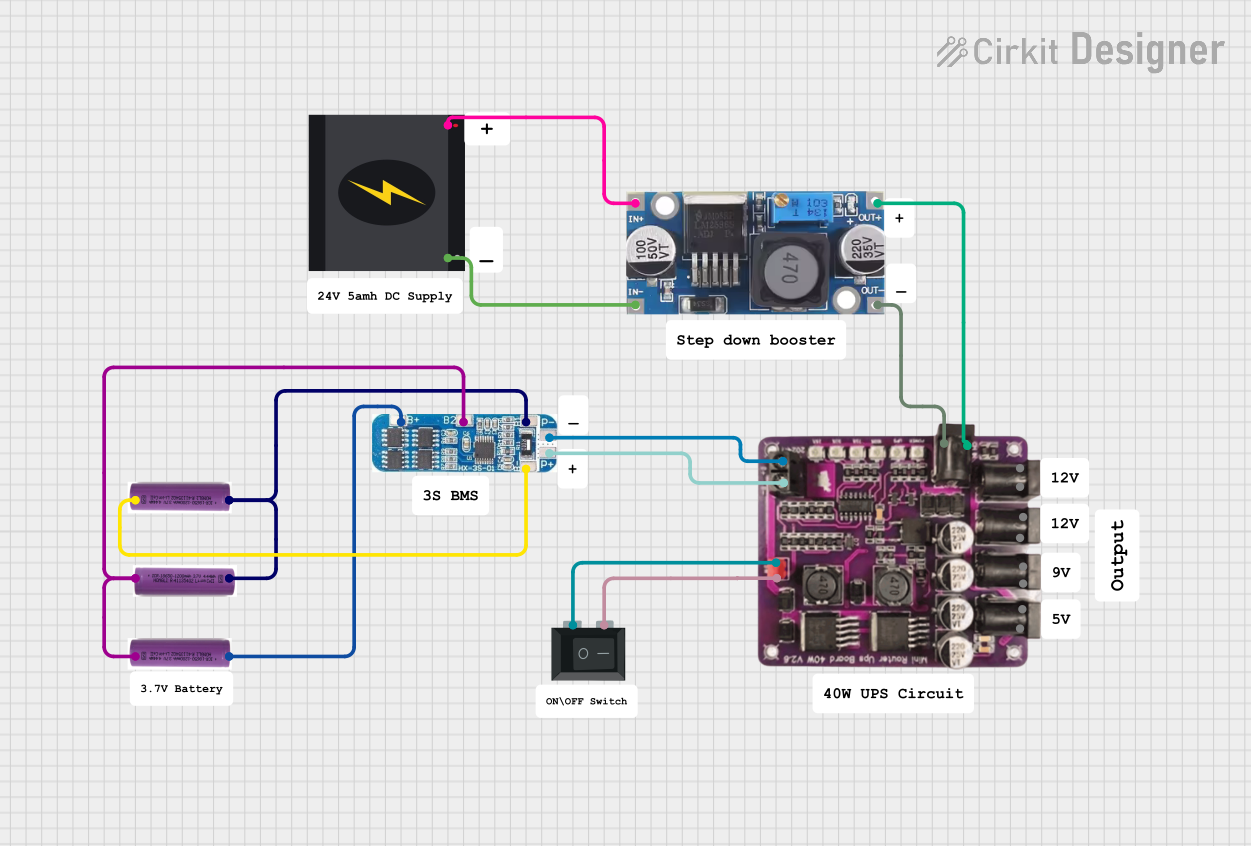
 Open Project in Cirkit Designer
Open Project in Cirkit DesignerExplore Projects Built with buck converter

 Open Project in Cirkit Designer
Open Project in Cirkit Designer
 Open Project in Cirkit Designer
Open Project in Cirkit Designer
 Open Project in Cirkit Designer
Open Project in Cirkit Designer
 Open Project in Cirkit Designer
Open Project in Cirkit DesignerTechnical Specifications
Key Technical Details
- Output Voltage Range: 1.23V to 37V
- Input Voltage Range: 4.5V to 40V
- Output Current: 3A (maximum)
- Switching Frequency: 150 kHz
- Efficiency: Up to 92%
- Operating Temperature Range: -40°C to +125°C
Pin Configuration and Descriptions
| Pin Number | Name | Description |
|---|---|---|
| 1 | Vin | Input voltage (4.5V to 40V) |
| 2 | Output | Regulated output voltage (1.23V to 37V) |
| 3 | Ground | Common ground for input and output |
| 4 | Feedback (FB) | Feedback pin for output voltage regulation |
| 5 | On/Off | Shutdown input: Low = shutdown, High = active |
Usage Instructions
How to Use the LM2596 in a Circuit
- Input Capacitor: Connect a suitable electrolytic capacitor (typically 100 µF) at the input to reduce the effect of input voltage ripple.
- Output Capacitor: Place an electrolytic capacitor (typically 220 µF) at the output to maintain stability and reduce output voltage ripple.
- Feedback Resistor Network: Use a pair of resistors to set the output voltage. The formula for calculating the output voltage is:
Vout = 1.23V * (1 + R2/R1), where R1 is connected between the output and FB pin, and R2 is connected between FB pin and ground. - Inductor: Choose an inductor that can handle the peak current without saturation. A value around 33 µH is commonly used.
- Diode: A Schottky diode with a low forward voltage drop and a current rating higher than the maximum load current should be connected between the output pin and ground.
Important Considerations and Best Practices
- Ensure that the input voltage is always higher than the desired output voltage.
- Do not exceed the maximum input voltage of 40V to prevent damage.
- The maximum output current should not exceed 3A to maintain thermal performance.
- Use heat sinks if operating at high loads or in high-temperature environments.
- Keep the feedback path as short as possible to prevent noise interference.
Troubleshooting and FAQs
Common Issues
- Output Voltage Too High or Low: Check the feedback resistor values and ensure they are correctly calculated and placed.
- Excessive Output Ripple: Increase the value of the output capacitor or check for a faulty inductor.
- Thermal Shutdown: Ensure adequate cooling and that the load does not exceed the maximum current rating.
Solutions and Tips
- If the converter is not starting, check the On/Off pin to ensure it is not being pulled low.
- Use ceramic capacitors in parallel with electrolytic capacitors for improved high-frequency filtering.
- Always verify the polarity of the input and output connections to prevent reverse voltage damage.
FAQs
Q: Can I use the LM2596 without an external heat sink? A: Yes, for low power applications or when the ambient temperature is low. However, for continuous operation near the 3A limit, a heat sink is recommended.
Q: How do I adjust the output voltage? A: Adjust the output voltage by changing the values of the feedback resistors R1 and R2 according to the formula provided.
Q: What is the purpose of the On/Off pin? A: The On/Off pin allows you to shut down the regulator, reducing the quiescent current to a minimum when not in use.
Example Code for Arduino UNO
// This example demonstrates how to control the LM2596 using an Arduino UNO
// by toggling the On/Off pin.
const int onOffPin = 7; // Connect this pin to the On/Off pin of LM2596
void setup() {
pinMode(onOffPin, OUTPUT);
digitalWrite(onOffPin, HIGH); // Turn on the LM2596
}
void loop() {
// Toggle the LM2596 On/Off pin every 5 seconds
digitalWrite(onOffPin, LOW); // Turn off the LM2596
delay(5000);
digitalWrite(onOffPin, HIGH); // Turn on the LM2596
delay(5000);
}
Note: The above code is for demonstration purposes only. The LM2596 is not a digitally controlled buck converter, and the On/Off pin is typically used for simple enable/disable functionality.